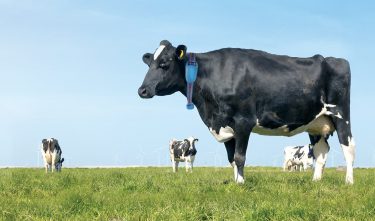
4 Daily Insights Every Farmer Needs for Efficient Farm Management
The goal of every farmer is to have a profitable farm that is run efficiently and smoothly. This goal has been around for generations, but
Home > Knowledge center > Cow Welfare > Page 3

The goal of every farmer is to have a profitable farm that is run efficiently and smoothly. This goal has been around for generations, but
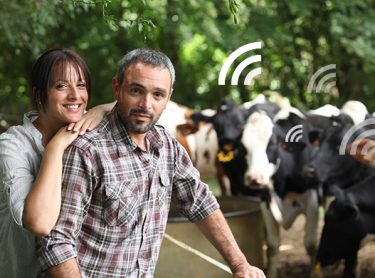
Farmers have long been appreciated for the sacrifices they make to ensure our supermarkets are stocked with an abundance of produce. That said, the traditional image of the dairy-farmer rising before dawn to milk the cows while his dedicated wife hand-rears the calves and the kids rake out the cowsheds seems far-fetched today.
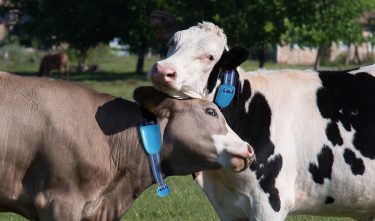
They say that timing is everything. This is definitely true when it comes to inseminating cows – the timing must be perfect in order for the insemination to result in conception.
When conception rates are maximized, cows become pregnant at the optimal time to ensure that milk production remains at its optimum level, resulting in healthy cows and a healthy bottom line for the farm. Despite the critical importance of conception rates, only 35-45% of cows get pregnant on the first insemination.
In-Line Milk Lab consists of two sensors for decision support and early detection of health issues.
We are here to provide diary producers with the technology and knowledge to profitably produce high quality milk.
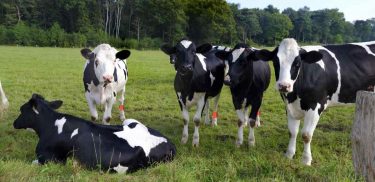
Dairy producers have long understood the importance of visual cues in determining cows’ fertility and health status. Since round-the-clock observation can be impractical and labor-intensive, especially on larger operations, many dairies are now turning to technology for cow monitoring solutions.
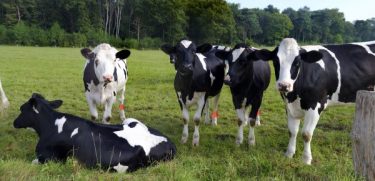
Resting time is inversely correlated with milk production and directly correlated with gestation length. Based on readings of thousands of cows fitted with pedometers in multiple farms, Afimilk has measured 500 to 700 minutes per day as the normal resting time for lactating dairy cows.
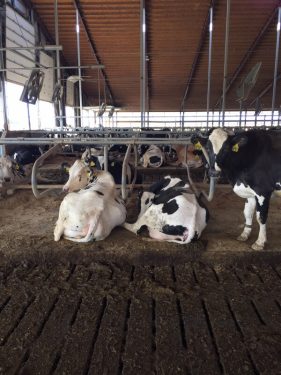
The behavior of dairy cows is dependent on the interaction between the cows and their physical environment. In the “big picture”, the physical factors of the facility (stall design, flooring type, feed bunk design, environmental quality) impose baseline limitations on how the cows will interact with the housing conditions. Within these limitations, the ability of cows to engage in natural behaviors is further dictated by management routines such as grouping strategy and stocking density
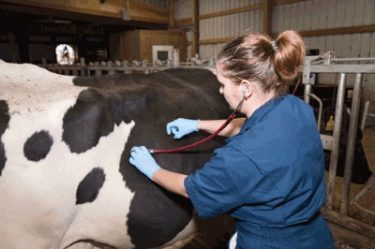
Lying behavior is often used as an indication of well-being in cattle and for evaluating the stall quality. The use of electronic data loggers to automate behavioral recording has become increasingly common
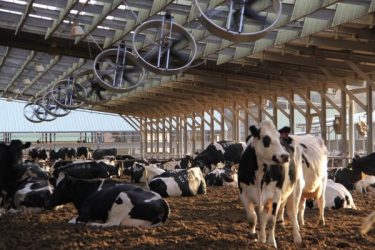
Animal Welfare Guidelines For dairy farmers.
An introduction by Professor Patric Fottrell.
Chairperson of the Farm Animal Welfare Advisory Council
International headquarters
General
Address
Kibbutz Afikim, 1514800, Israel.
Get the latest farm knowledge
© 2022 Afimilk Ltd. | All Rights Reserved Terms of use | Privacy policy
Please access your account using the link provided during your initial registration. Should you face any challenges, feel free to contact your Sales Operations representative for support.